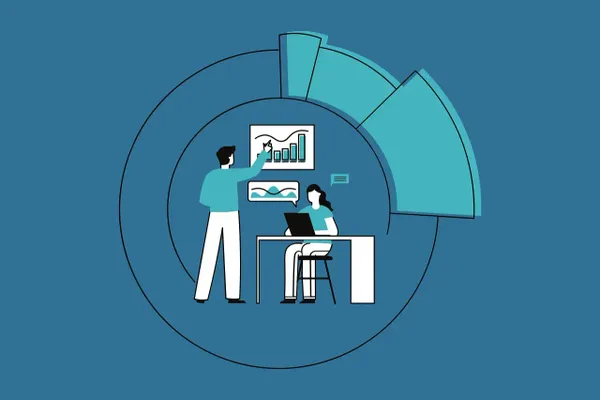
What Is Leverage Ratio?
Definition of Leverage Ratio
The leverage ratio equals the proportion of a bank’s debts in comparison to its capital or equity. Multiple leverage ratios exist, including:
- Debt to Equity = Total debt divided by shareholder equity
- Debt to Capital = Total debt divided by capital (debt plus equity)
- Debt to Assets = Total debt divided by assets
Leverage ratios indicate a bank’s financial health and whether it is overextended.
Bank Leverage Example
- If the bank lends $20 for every $1 of capital reserves, its capital leverage ratio will be 1/20, or 5%.
- A leverage ratio of 5% means that the bank can lend $20 for every $1 of capital it holds in reserve.
- If the leverage ratio decreases to 3%, this means that the bank can lend $33 for every $1 of capital it holds in reserve (1/33 = 3%).
Bank Leverage Explained
If a bank were to keep all deposits as cash stored in bank vaults, it would then have a large quantity of liquid capital. In this case, anytime a customer came to the bank to get his deposits back, the bank could then go into the vault and pay everything back. This is considered quite a conservative banking method in which the bank would have no need to be concerned about a decrease in the value of assets or unpaid loans. The problem here is that this method of banking is not very profitable. You simply don’t earn money storing capital reserves in bank vaults.
Rather than using this method, the bank lends a percentage of its deposits to customers who take out a loan. By doing this, the bank gains an improved rate of return on its deposits. As the bank lends more, its potential profits increase. This is referred to as leverage.
Increasing the Leverage Ratio
There are many regulators considering raising the leverage ratio, which means that banks will be forced to keep more capital reserves. In order to increase capital reserves to meet higher leverage ratios, it’s necessary to reduce lending or sell assets for cash.
Banks cannot achieve as much profitable lending with a higher ratio. This effectively decreases their profitability. However, banks with a higher leverage ratio are more capable of surviving financial crises because they have more capital reserves. Governments are generally interested in increasing the leverage ratio, so there is less chance of them having to bail out the banks in the future.
Leverage Ratios During the Credit Boom and Bust
The years 2000 to 2007 saw a financial boom that caused banks to increased their leverage. Then, leverage ratios began to fall as the banks decreased their capital buffer. In an attempt to increase profitability, they increased their lending. As they did so, there was very little concern regarding bankruptcy because of the implicit guarantee of the government bailing out the banks.
Banks were exposed to bad debts after the credit crunch of 2007. Many banks became illiquid due to a small equity loss, which means that they were short of cash as a result of lending out a high percentage of their assets. This also caused the banks to develop a low leverage ratio. In the short term, their loans couldn’t be recalled. It also became more challenging for banks to increase finance on money markets since they were all trying to raise cash.
Related: The financial crisis 2007-2009
Bank Leverage Regulation
Here we’ll discuss the leverage ratio requirements of various countries. Basel III set a global base leverage requirement of 3%, but there are other countries that have higher requirements for leverage.
- In the United States, federal bank regulations say that a bank must have a Tier 1 Capital Ratio of at least 4%. However, the US is considering raising the leverage ratio to 5%.
- In the United Kingdom, the Chancellor is interested in supporting a new regulation that sets bank leverage ratios.
- The European Bank Association is also working on bank leverage ratios.


